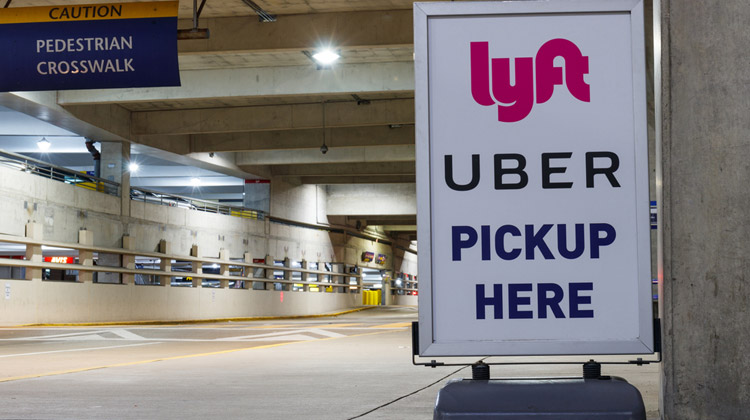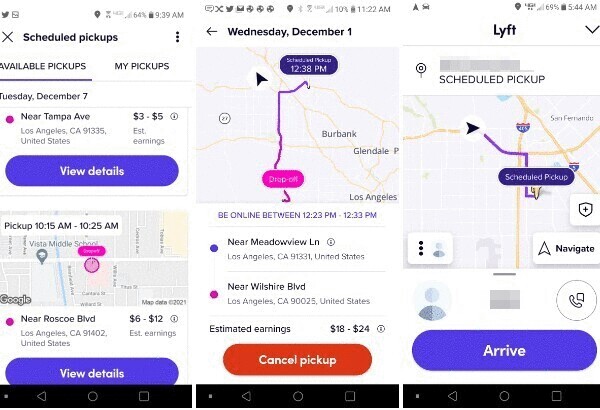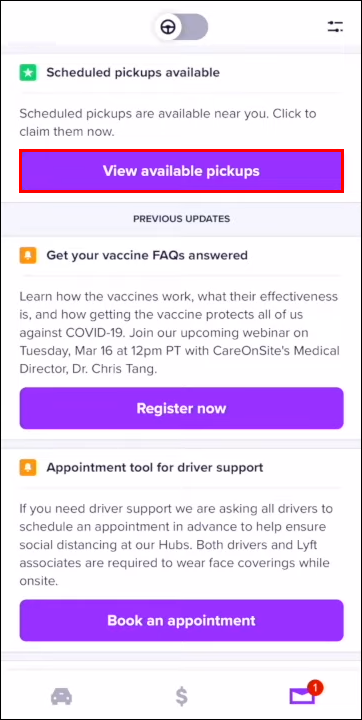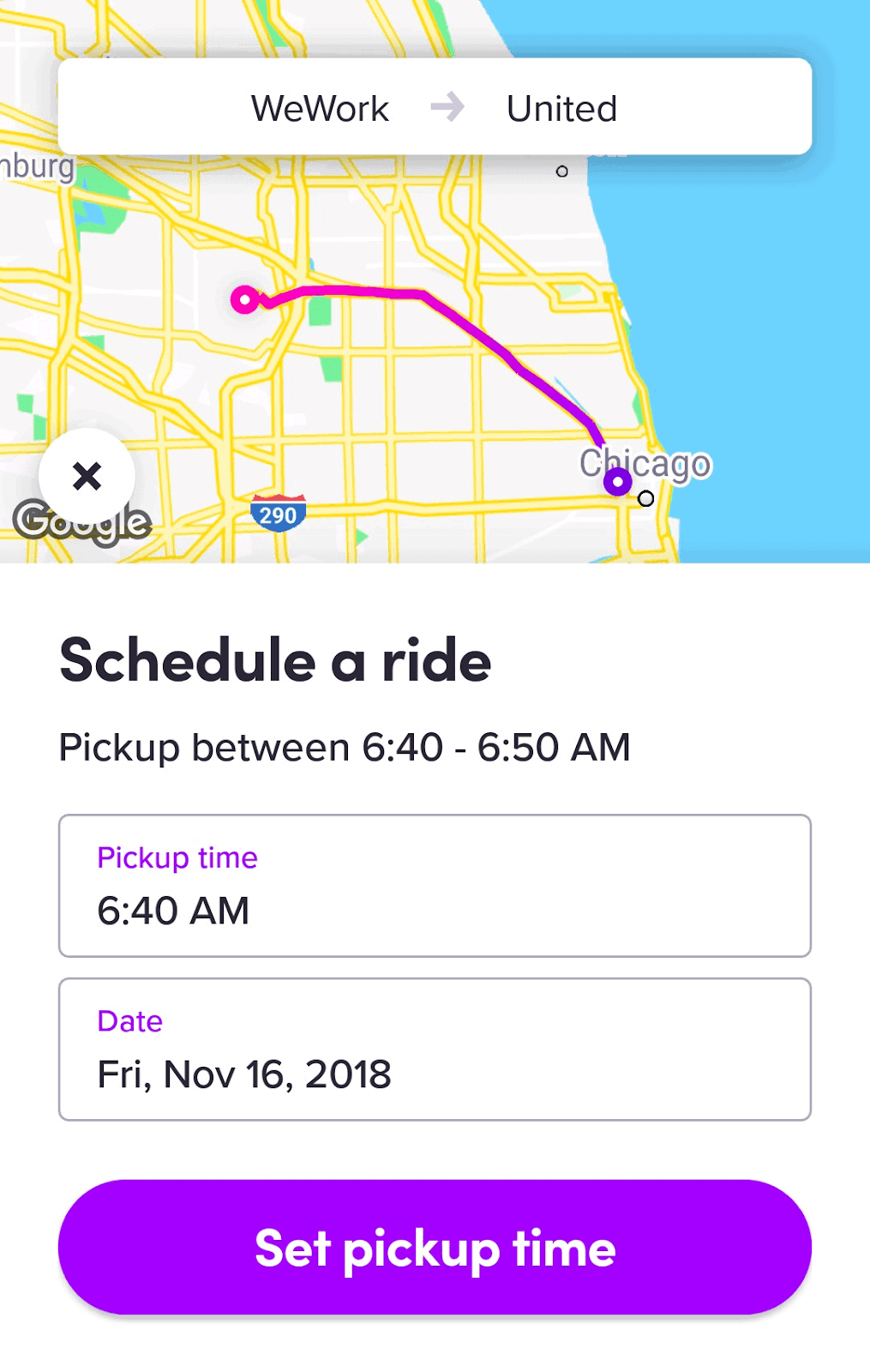How Does Lyft Scheduled Pickups Work

In today's fast-paced world, planning ahead is key, and ride-sharing services are adapting to meet this need. Lyft, a prominent player in the transportation industry, offers a scheduled pickup option, allowing users to book rides in advance. This feature provides riders with the convenience and peace of mind of knowing their transportation is secured, especially during peak hours or for important appointments.
The scheduled pickup feature aims to provide reliability and convenience, addressing the common concern of ride availability, particularly during times of high demand. By understanding how Lyft's scheduled pickups work, users can optimize their travel plans and navigate their cities more efficiently.
How Scheduling Works: A Step-by-Step Guide
The process of scheduling a Lyft ride is relatively straightforward. First, riders open the Lyft app and enter their destination as they normally would.
Instead of immediately requesting a ride, they select the "Schedule" option, usually located near the ride type selection.
This will prompt them to choose their desired pickup date and time, often with options ranging from a few hours to several days in advance.
Once the date and time are selected, the app displays an estimated price range for the scheduled ride. Note that this is an estimate, not a guaranteed fare.
Users then confirm their pickup location and set any specific instructions for the driver, such as gate codes or apartment numbers. Finally, they confirm the scheduled ride.
What Happens Behind the Scenes?
Behind the scenes, Lyft's algorithm uses the scheduled pickup information to predict demand and availability. This helps ensure that drivers are available in the area at the designated time.
While the ride is scheduled, Lyft actively searches for a driver closer to the time of the ride. The matching process occurs typically 30 minutes before the scheduled pickup time.
Riders receive a notification when a driver has been assigned to their scheduled ride, offering further reassurance.
Important Considerations and Limitations
Although convenient, Lyft's scheduled pickup feature comes with certain caveats. Fare estimates are not guarantees. The final fare can fluctuate based on real-time traffic conditions, surge pricing, and route changes.
Lyft also does not guarantee that a driver will be available, though they strive to fulfill scheduled rides. Unforeseen circumstances, such as driver cancellations or unexpected surges in demand, can affect availability.
Riders should also be aware of cancellation policies. Cancelling a scheduled ride too close to the pickup time may incur a fee. The specifics of the cancellation policy are outlined in Lyft's terms of service and are usually displayed during the scheduling process.
Benefits and Potential Impact
The primary benefit of Lyft's scheduled pickups is the added convenience and peace of mind for riders. It allows for better planning, especially for time-sensitive events like airport trips or medical appointments.
For drivers, the scheduled ride feature offers a degree of predictability in their earnings. Drivers can see potential scheduled rides in their area and choose to accept them, allowing for better route planning.
The widespread adoption of scheduled ride features has the potential to reshape urban transportation patterns. As more people rely on these services, cities may see reduced parking congestion and a shift towards more flexible and on-demand transportation options. This aligns with trends towards transportation-as-a-service models and may influence urban planning decisions in the long term.
Looking Ahead
Lyft's scheduled pickup feature represents a step towards greater convenience and reliability in the ride-sharing industry. As technology evolves, these features are likely to become even more sophisticated, offering greater accuracy in fare estimation and improved driver matching.
It is crucial for users to understand the nuances of the service, including fare estimation caveats and potential cancellation fees. By doing so, riders can leverage the benefits of scheduled pickups to enhance their overall transportation experience.


















